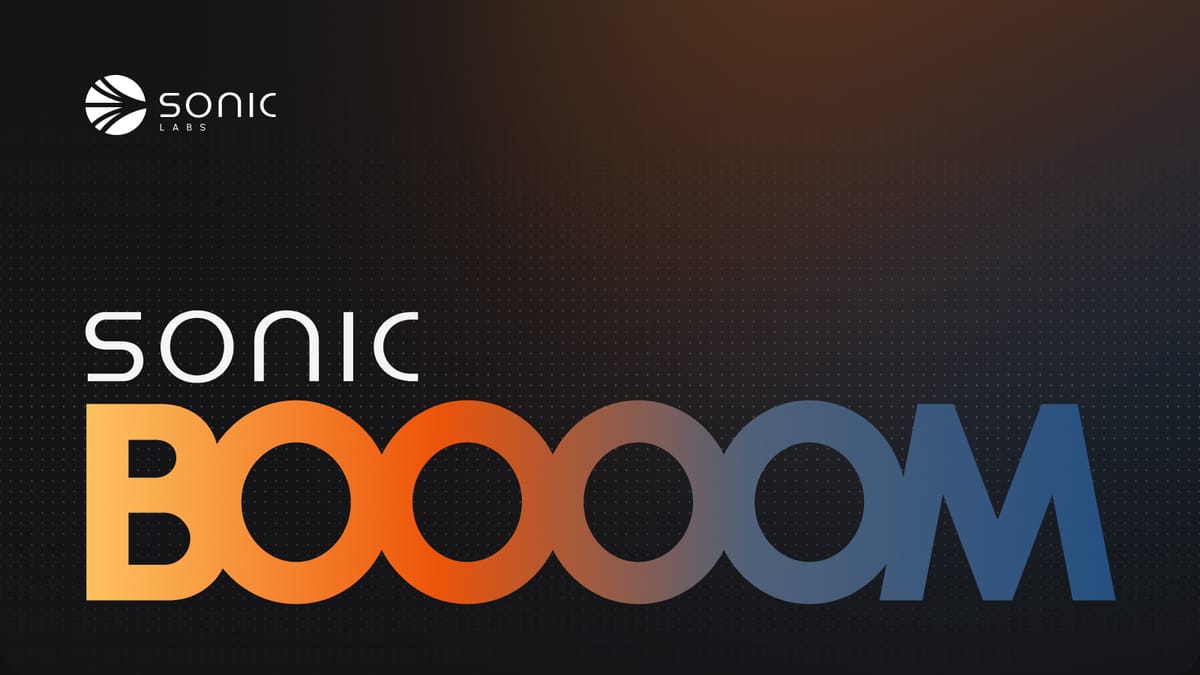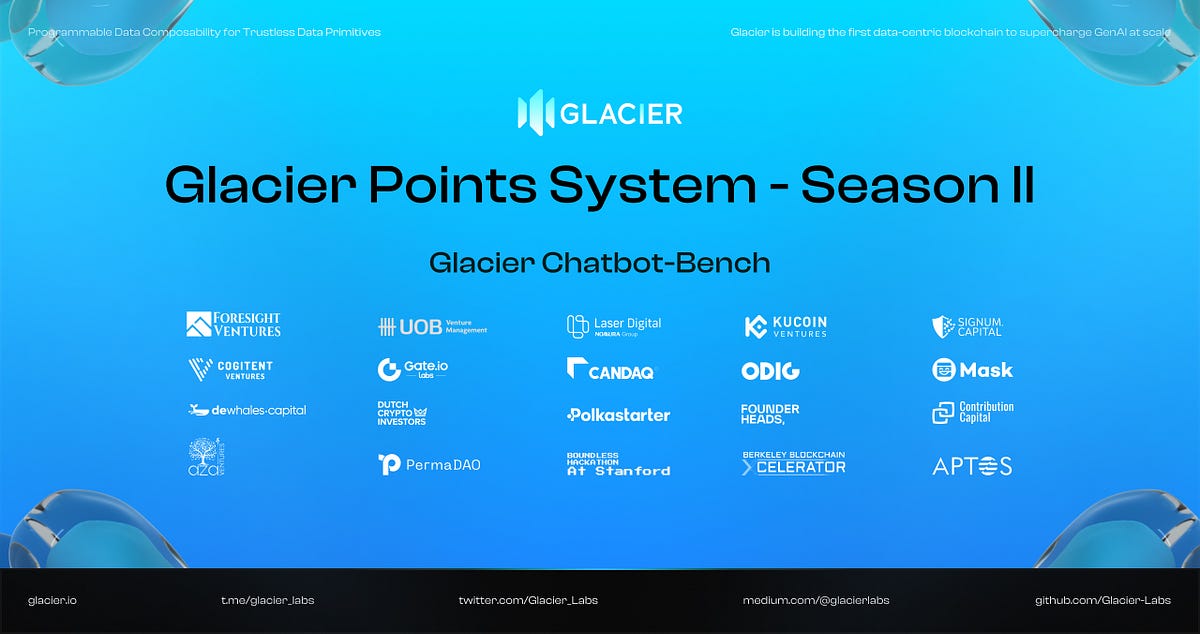Signum Newsletter 9
Weekly alpha for your weekend reads
This edition of the newsletter dives into the RWAs and tokenised T-bills. We'll also share some interesting articles, portfolio updates and market highlights.
Special thanks to YY, Melvin, Adna, Nikos, Keith and Ash for their help.
Please do enjoy reading,
Ash

1. Research Articles
a) Good Things Take Time
• Much of the doomsday posts on Crypto Twitter isn’t so warranted — and it’s important to see how far we’ve actually come as good things take time.
• For example, over 66% of crypto users live in the developing world, and lower middle income countries have continued to show sustained demand, crypto enables global accessibility and many of the breakout applications this cycle are enabled by new infrastructure.
b) Deep Dive: Solana DeFi - July 2024
• Total $SOL locked in DeFi protocols has reached $33m, which comprises of 6% of the total $SOL supply and is at 2x its previous ATH.
• Solana's spot DEX volume has also surpassed Ethereum's 2 months in a row (July and June).
c) Particle Network - Industry Intel
• Chain abstraction refers to the process of simplifying user interactions with multiple chains by hiding the intricate details of these networks from the end user as a default solution (with power users still having the ability to access information about the chains they are using).
• Particle Network is tackling the critical issues of fragmentation and complexity in Web3 by focusing on Chain Abstraction at the Account level. Through its modular Layer 1 architecture, Particle Network seamlessly integrates multiple blockchains, enabling Universal Accounts to operate as a single, unified interface across different chains.
d) Particle Network - Protocol That Has Always Been [Abstracting] the User Experience in Crypto
• Particle Network has been one of the forerunners in the chain abstraction space by simplifying user interactions in crypto through a series of abstractions.
• They start with with Wallet Abstraction and then continuously built products surrounding Account Abstraction and Chain Abstraction.
e) State of consumer crypto
• Choosing the audience is important, projects are not building to onboard the next billion users, they are building to onboard the next 100 - and the next billion will follow if there is PMF.
• It doesn’t matter which chain projects chooses, what is more important is that the user experience is not compromised.
2. Portfolio Highlights
a) Scallop
• Scallop's v2 is now live where users can enjoy the best swap rates with zero swap fees and it is integrated with other DEXes for the best rates.
b) Sonic Labs
• Sonic Gems are points that users can earn as part of Sonic's 190,500,000 $S airdrop with 37.5% of the total airdrop allocated to holders of Gems.
• Sonic Boom offers up to 30 winning projects an allocation of Gems as bounties for developing innovative apps across a variety of categories (lending, NFTs, tooling, payments, stablecoins, yield, gaming, exchanges, DePin + AI and community).
c) Soneium
• Soneium is an EVM L2 layer 2 designed to connect traditional internet services and entertainment to the crypto ecosystem - this is all done by leveraging the various businesses and IP within the Sony Group.
d) Glacier
• Glacier launched the Glacier Chatbot-Bench which is a benchmark platform designed to evaluate the performance of large language models (LLMs) in a trustless way.
• Season 2 points system just started here: https://www.glacier.io/points/
e) Infrared Finance
• A key part of the Proof of Liquidity (PoL) flywheel is the vote incentives market for the Berachain Governance Token (BGT).
• In this blog post, Infrared explores the BGT vote incentives marketplace, its impact on BGT holders and projects, and how Infrared and iBGT fit into this ecosystem.
3. What’s really happening with Real World Assets (RWA)?
Introduction
With the markets chopping and narratives churning, whose turn is it to stand next to the almighty memes? In the context of DeFi, RWAs refer to a wide range of tokenized commodities such as treasuries, private credit, real estate, bonds, equities and luxury goods (designer bags and aged wines). In 2022, a report by Boston Consulting Group estimates that the global value of tokenized illiquid assets will reach $16 trillion by 2030, accounting for 10% of global Gross Domestic Product (GDP). RWA is a sector that is highly nascent and brimming with potential.

Developments in the RWA vertical
In recent times major headlines such as global investment manager Blackrock launching its first token fund, $BUIDL, cast the spotlight on the RWA sector. Following this, RWA powerhouse, Ondo Finance integrated its tokenized treasury offering, $OUSG, which leverages BlackRock's token for instant redemptions. This feat attracted significant inflows into $BUIDL and further accelerated the growth of BlackRock's tokenized fund.
Since then, the RWA sector has grown by leaps and bounds, with many traditional financial institutions launching their own tokenized funds. A lot has been done behind the scenes to set up the appropriate infrastructure and systems.
A prime example is Project Guardian by the central bank of Singapore (Monetary Authority of Singapore), a pioneering initiative to explore the use of public blockchains for financial asset tokenization. Project Guardian has made significant strides by conducting pilot programs with major financial institutions like JPMorgan, DBS Bank and Standard Chartered. The initiative has explored the first cross-currency transactions using DeFi protocols on a public blockchain, as well as the use of smart contracts and tokenized deposits, marking a major milestone in integrating decentralized finance with traditional banking systems.
Another noteworthy development is JPMorgan’s Onyx platform, which focuses on the tokenization of assets and the development of a digital ledger network, offering greater liquidity and efficiency in cross-border transactions. Onyx facilitates real-time payments and settlement services, bridging the gap between traditional finance and blockchain technology.
The necessity of RWAs lies in their potential to bridge the gap between traditional financial markets and the burgeoning DeFi sector which operates trustlessly and 24/7. Tokenizing real-world assets also introduces new liquidity and democratizes access to investment opportunities which were previously gated and catered only to affluent users. Moreover, RWAs bring a new layer of collateral into DeFi, which can stabilize and expand the ecosystem, making it more attractive to institutional investors.
State of the markets

According to DefiLlama, RWA has an estimated Total Value Locked (TVL) of US$6.41B, from the lows of US$161M at the beginning of 2022. This is evidence that liquidity is flowing into the sector as more teams building innovative solutions.
Even blue-chip DeFi protocols such as MakerDAO has started to integrate RWAs into its collateral assets. These RWAs consist of centralized stablecoins, short-term government bonds, assets related to green energy and more. In July 24, MakerDAO unveiled the Spark Tokenization Grand Prix, which aims to onboard up to $1 billion of tokenized assets. Currently, MakerDAO’s RWA collateral assets amount to US$2.09 billion, making up 40.1% of its total assets which can be seen below.

The prevalence of T-bills in RWA Protocols

We take a deeper dive into tokenized treasuries/ T-bills. According to RWA.xyz, protocols that offer services revolving around tokenized treasuries have a cumulative TVL of US$1.92B. This accounts for 30.33% of the sector’s TVL.

Taking a look at the top T-bill protocols by market capitalisation (*note: we define market cap here as TVL of their the T-bill products), we can see that the large majority of these products can only be accessed by Qualified Purchasers, Professional or Accredited Investors instead of retail participants. A familiar name is Ondo, who has two different product offerings – one for qualified purchasers, and one for retail investors.
Most product offerings follow the design of traditional financial products, requiring KYC, a minimum investment amount, as well as liquidity on the next business day (as opposed to instant liquidity via DEX swaps). It can be observed that a bulk of liquidity that in RWA T-bill protocols presumably originate from TradFi institutions, and possibly crypto funds and protocols treasuries.
Challenges with RWA
Although there are a lot of expectations on the RWA sector as a key avenue to onboard financial institutions, it is also a sector that is riddled with complications and challenges.
As a highly nascent DeFi sector that is attempting to tokenize traditional finance products, many of the existing RWA products are not packaged in an innovative manner that would appeal to the wider crypto audience. For instance, the majority of T-bills protocols have a minimum investment amount as well as a T+1 redemption design; they appear to be blockchain innovations, but still operate in accordance to traditional financial rails.
Additionally, due to legal and security concerns that are tied in with traditional financial institutions, most RWA protocols require users to KYC. Additionally, they are also only available to verified users of certain financial standing (e.g. accredited investors), which also means that the average DeFi participant does not have access to most of such products.
As much as we are well aware of the opportunities that crypto presents for businesses and individuals, the skepticism and operational barriers cause financial institutions to be slow to adapt to new changes. According to a paper by Deloitte, skepticism towards crypto stems from multiple factors such as a lack of understanding of the technology, an absence of regulatory clarity, the multitude of financial scams and more. Furthermore, for traditional financial institutions to adopt crypto at scale, there is a pressing need for business regulatory clarity, upskilling of workers, as well as to make major changes to their existing operations and revenue models.
With traditional financial giants such as Franklin Templeton and Blackrock paving the way for institutional adoption of RWAs, it is clear that there is no lack of supply of RWA service providers. However, the current RWA product designs and offerings lack accessibility and flexibility. As such, they face a lack of demand from the general crypto retail audience.
Moreover, there is a disconnect between the RWA sector and DeFi in the sense that many tokenized assets or governance tokens lack utility, as well as composability. One example is Ondo’s governance token, $ONDO, which does not offer staking, revenue share or other common functionalities of a DeFi governance token. There are also a limited number of composable applications for RWA users. Some of the few examples are Ondo’s $OUSG being accepted as collateral on Flux Finance, as well as Pendle Finance’s integration of Usual Money’s $USD0.
However, with time, the RWA sector is likely to develop along with increasing clarity from regulatory bodies around the world. We have already seen many new protocols tokenizing various assets and exploring different approaches, such as private credit, synthetic stocks, carbon credits etc. In due time, we are likely to see this sector evolve as more institutional capital and talent flows into crypto.
Signum portfolio
Having highlighted the traction of the RWA sector while acknowledging the challenges that lie ahead, we express our bullishness by investing into two companies operating in this vertical.
a) SeaSeed Network
SeaSeed Network operates as an EVM-compatible Layer 1 trusted by leading regional financial institutions to tokenize their financial assets and to safely access DeFi activities on-chain. It is built with the focus on real world DeFi use cases, banking-grade security and ease of tokenization.
What sets SeaSeed apart is its strong partnerships with seven leading financial institutions across Asia, which collectively manage assets exceeding US$500 billion. These partnerships underscore the trust and credibility that SeaSeed has garnered in the traditional financial world.
The network is designed to tokenize financial assets, especially targeted at financial institutions in Southeast Asia (SEA), a bright spot amongst emerging economies. Additionally, SeaSeed has entered a strategic collaboration with Tether, which further bolsters its ecosystem by promoting crypto adoption in emerging economies. By focusing on tokenizing the emerging market index, SeaSeed is poised to become a critical infrastructure layer for the RWA sector, offering a robust platform for asset tokenization and access to DeFi.
Additionally, the founders behind SeaSeed were previously from Binance, the leading global CEX, as well as Tokocrypto, the top CEX in Indonesia. Other team members include senior financial bankers from world leading banks like DBS, Macquarie, MUFG, Goldman Sachs and Deutsche. The team’s strong traditional financial background and experience allows them to navigate through rough waters that is the highly regulated RWA sector.
b) IXSwap
IX Swap is another innovative protocol in the RWA space, designed to address the illiquidity challenges inherent in the tokenization of private market investments. With the goal of becoming the “Uniswap of Security Tokens (STOs) & RWAs,” IX Swap leverages an Automated Market Maker (AMM) powered Decentralized Exchange (DEX) that democratizes access to these traditionally illiquid assets. By doing so, IX Swap aims to lower the barriers for retail investors to participate in the RWA market, a space traditionally dominated by institutional players. The platform also serves as an RWA Launchpad, facilitating the listing and trading of tokenized assets, thereby providing liquidity and a marketplace for these digital assets.
Currently, IX Swap’s governance token, $IXS, is listed on DEXs such as Uniswap and Quickswap on Ethereum and Polygon respectively. $IXS is also listed on CEXs such as BitMart and BTSE where it current trades at a Fully Diluted Valuation (FDV) of US$66.29m. Compared to other RWA tokens such as MakerDAO’s $MKR and Ondo Finance’s $ONDO which have FDVs of US$1.95b and US$6.68b respectively, there is a huge potential that $IXS could potentially grow into.
IX Swap’s approach of combining DeFi mechanics with the security and compliance standards required for security tokens makes it a unique and promising player in the RWA ecosystem.
*Disclosure: both SeaSeed Network and IX Swap are Signum Capital’s portfolio companies and the information provided on this newsletter is for general informational purposes only and does not constitute professional nor investment advice.
Conclusion
RWA is a large sector that presents opportunities to tokenize many diverse real world assets. In recent times, RWA has garnered a lot of attention and adoption by traditional financial institutions, paving the way for the continued development of the crypto industry. As RWA protocols evolve and financial institutions begin to onboard at scale, product innovation and regulatory clarity will fall in place, piece by piece.
With financial institutions such as Franklin Templeton and Blackrock at the helm, along with DeFi protocols such as Ondo Finance and MakerDAO having increased involvement in the RWA sector, RWA is well positioned for growth and expansion to a larger range of tokenized assets. However, bearing in mind the financial institutions’ challenges, as well as the uncharted regulatory landscapes, there is definitely much work to be done before the RWA sector can exit its infancy.
For the RWA sector to flourish, it is paramount that we see inflows from traditional finance institutes and adoption from the general masses as well. While crypto funds and protocol treasury managers might see RWA as a good way to securely hedge their portfolio positions, this alone will not bring growth to the sector. Industry participants have to keep in mind that RWAs were conceived to form a bridge between real world assets and crypto; to bring real world assets onto blockchains, and not necessarily the other way around.
Thank you for reading this article and we hope that it has given you some insight into the current state of RWAs. Signum Capital is open to investment opportunities in the RWA space. In particular, we are looking for RWA projects who have sound products and use-cases, as well as good utility for their governance tokens. If you are a founder who is interested in speaking to us, do reach out at management@signum.capital, or contact @ahboyash on Telegram or Twitter.
This article was written by 0xsamoyed


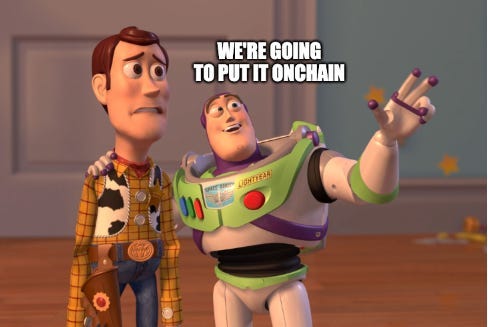

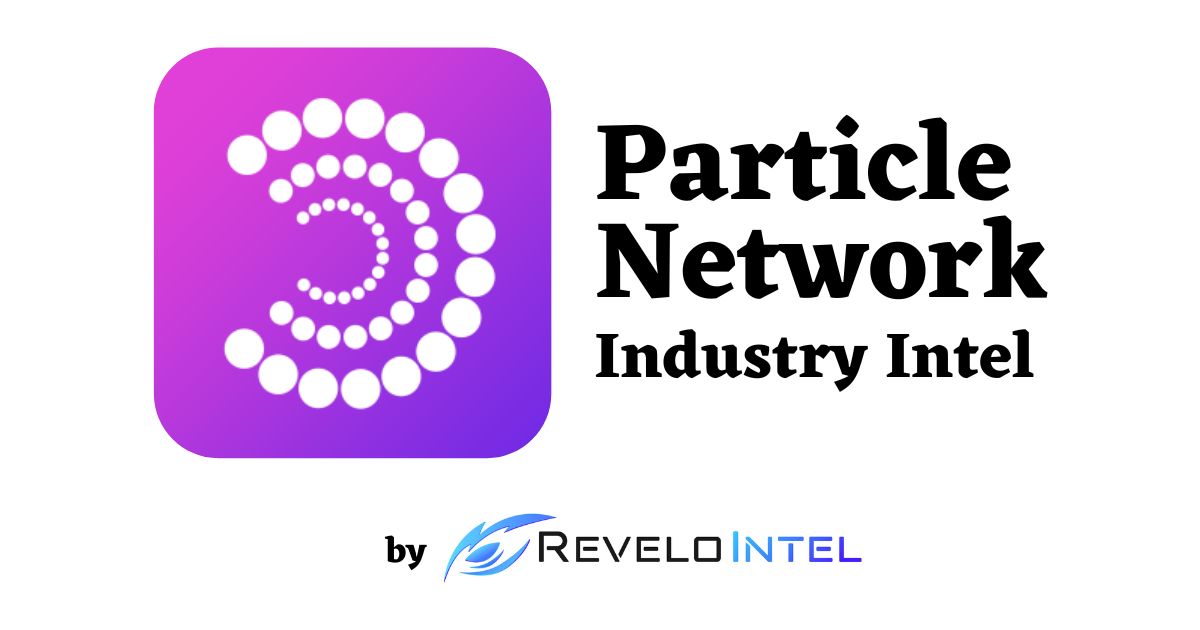
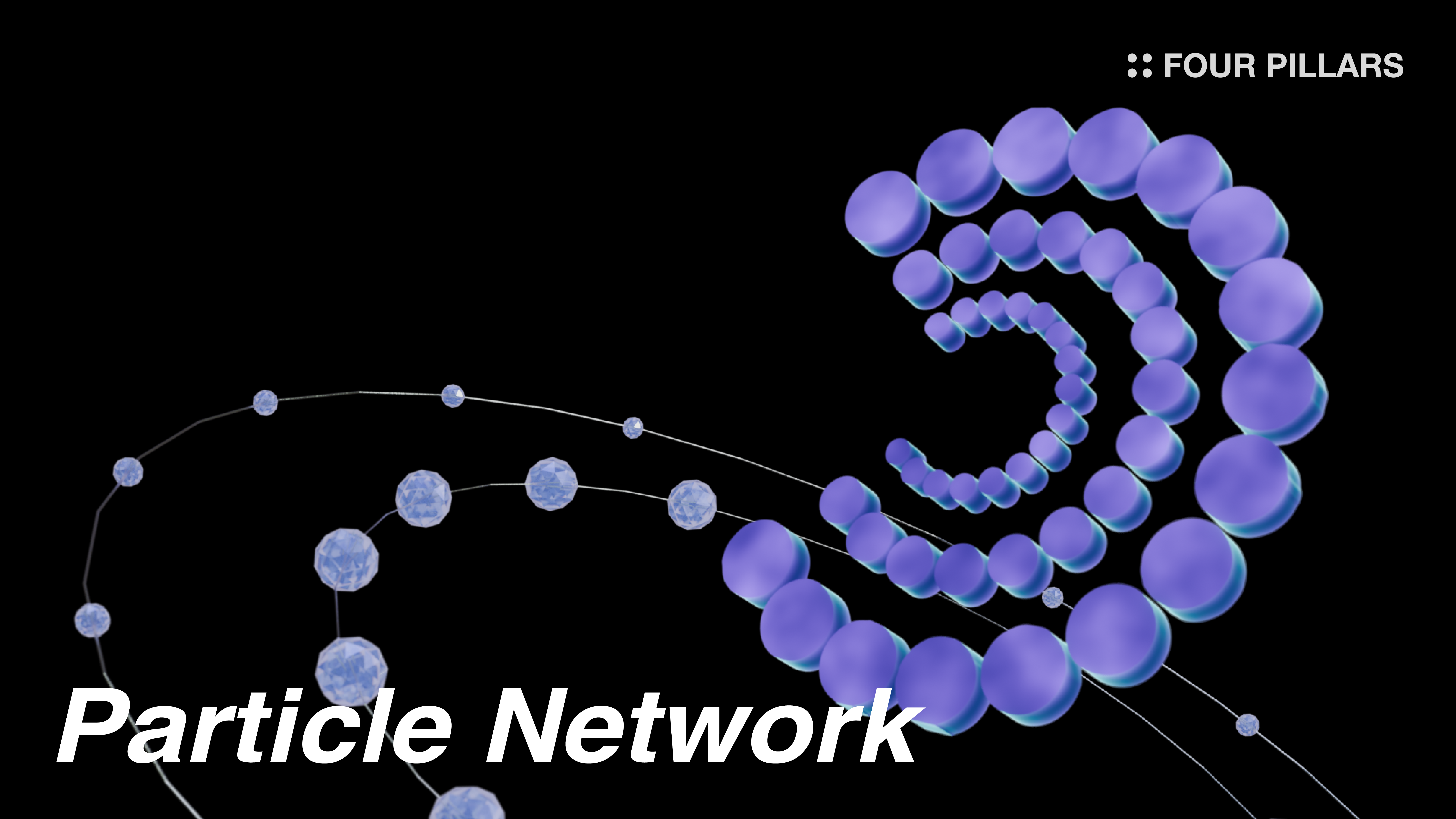
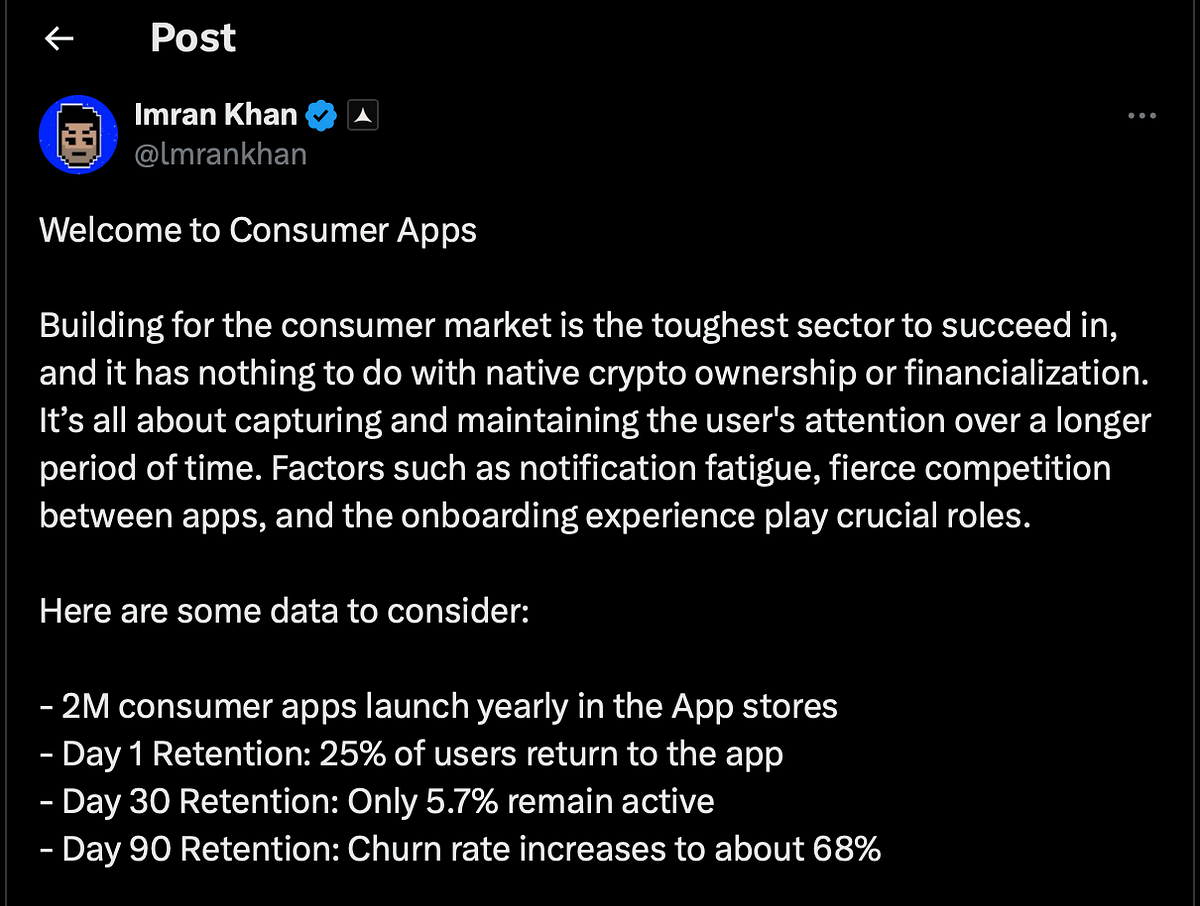



 How It…
How It…

 15
15
